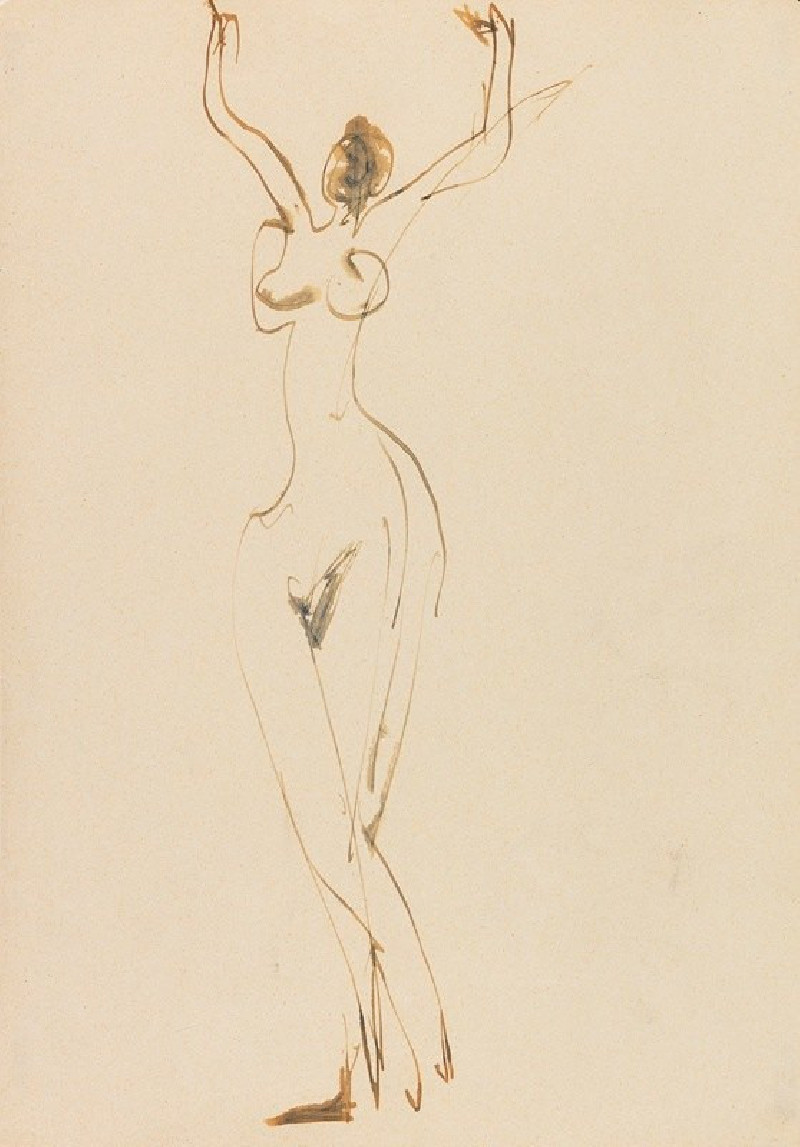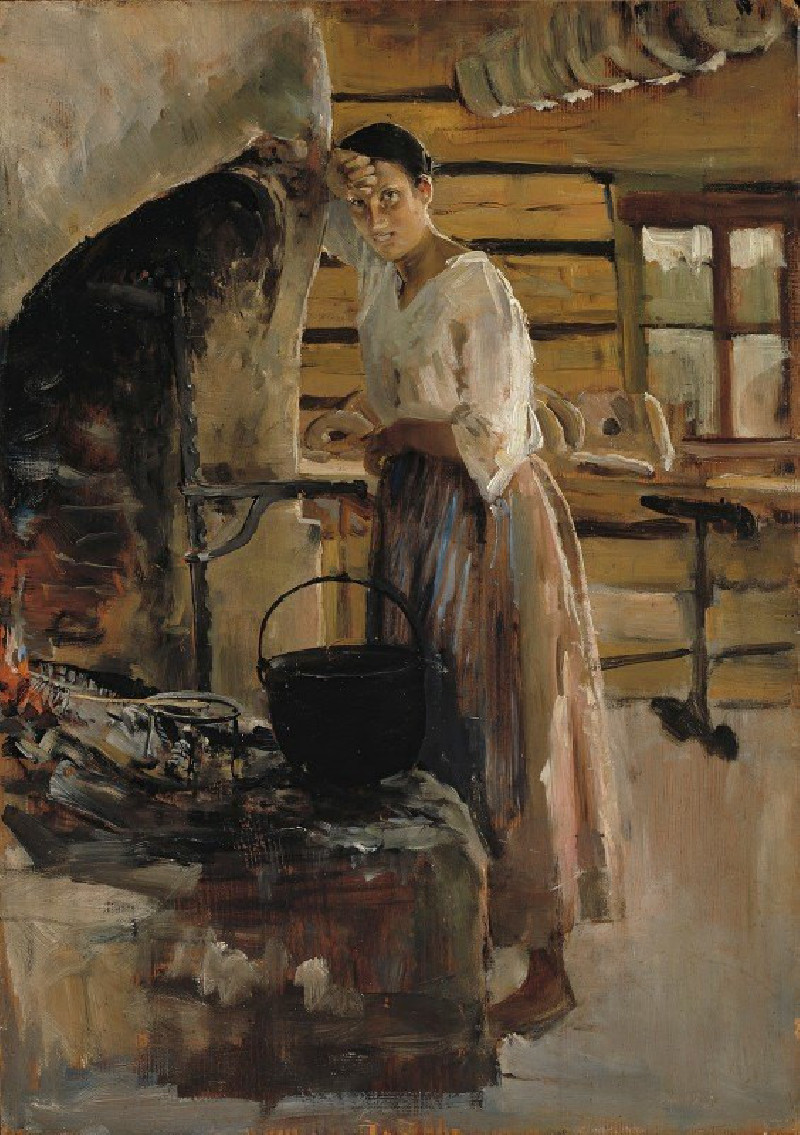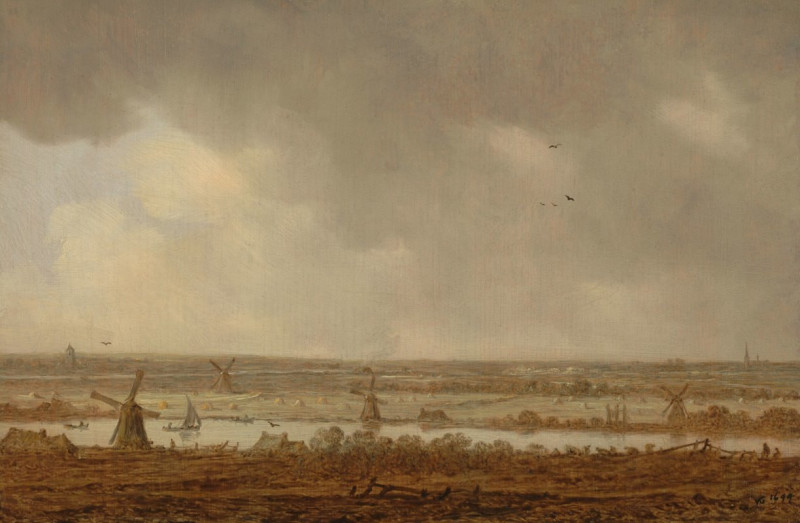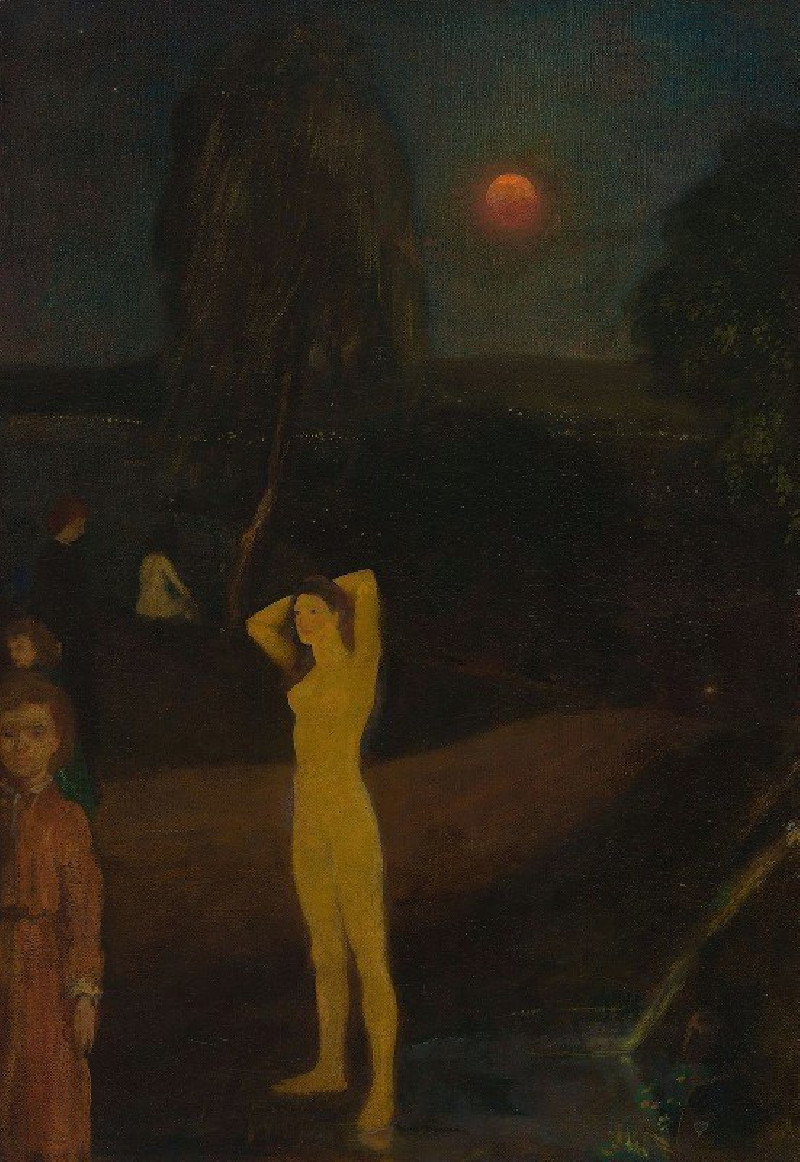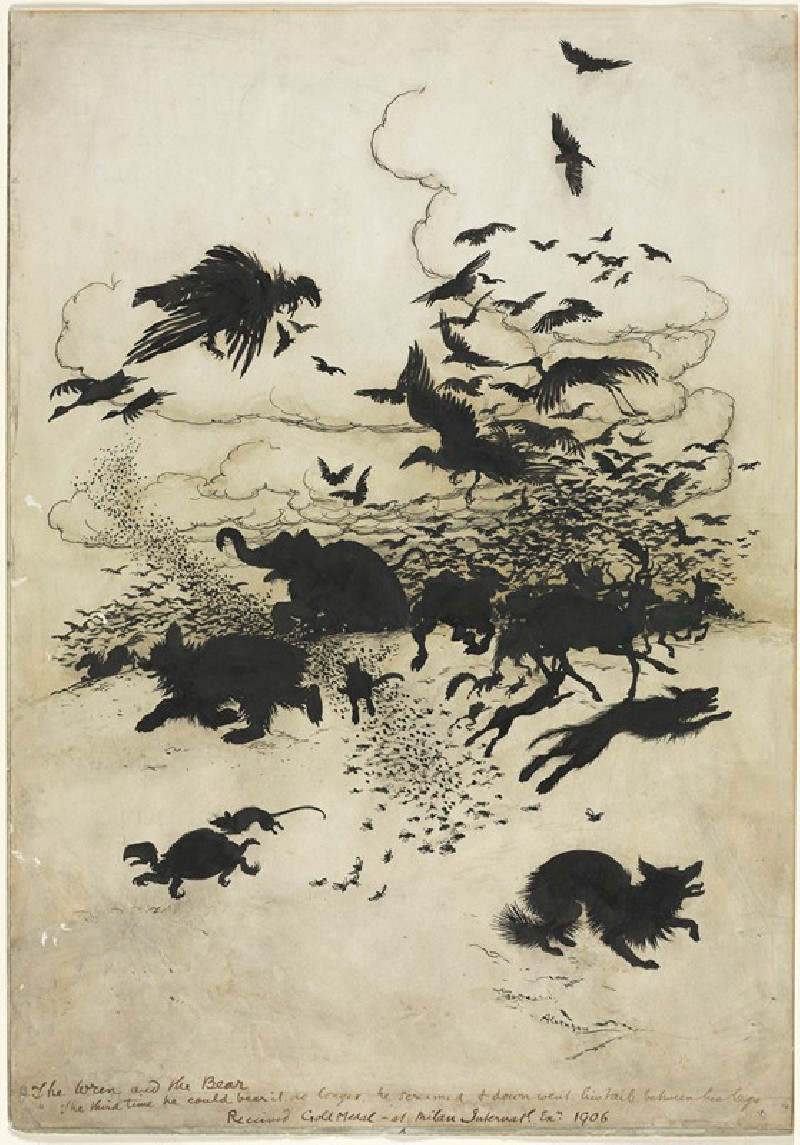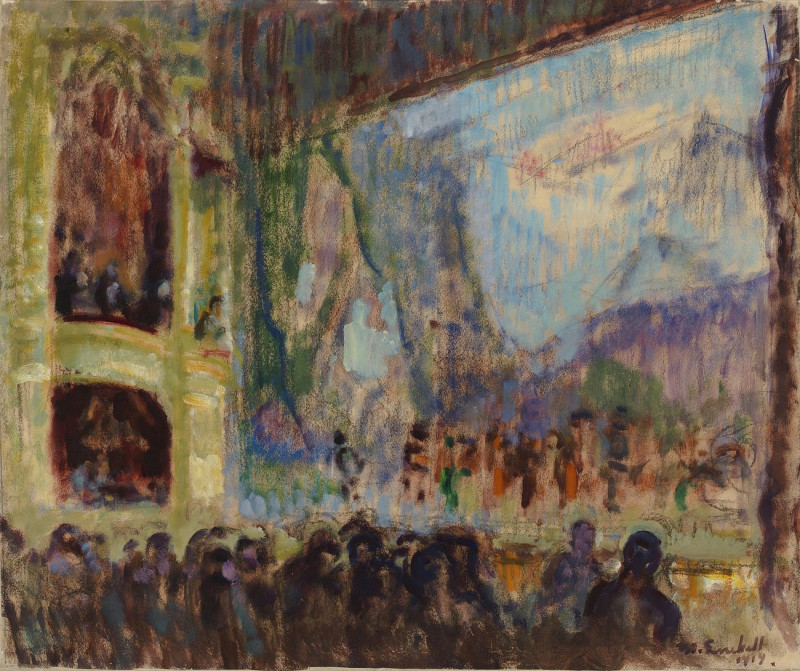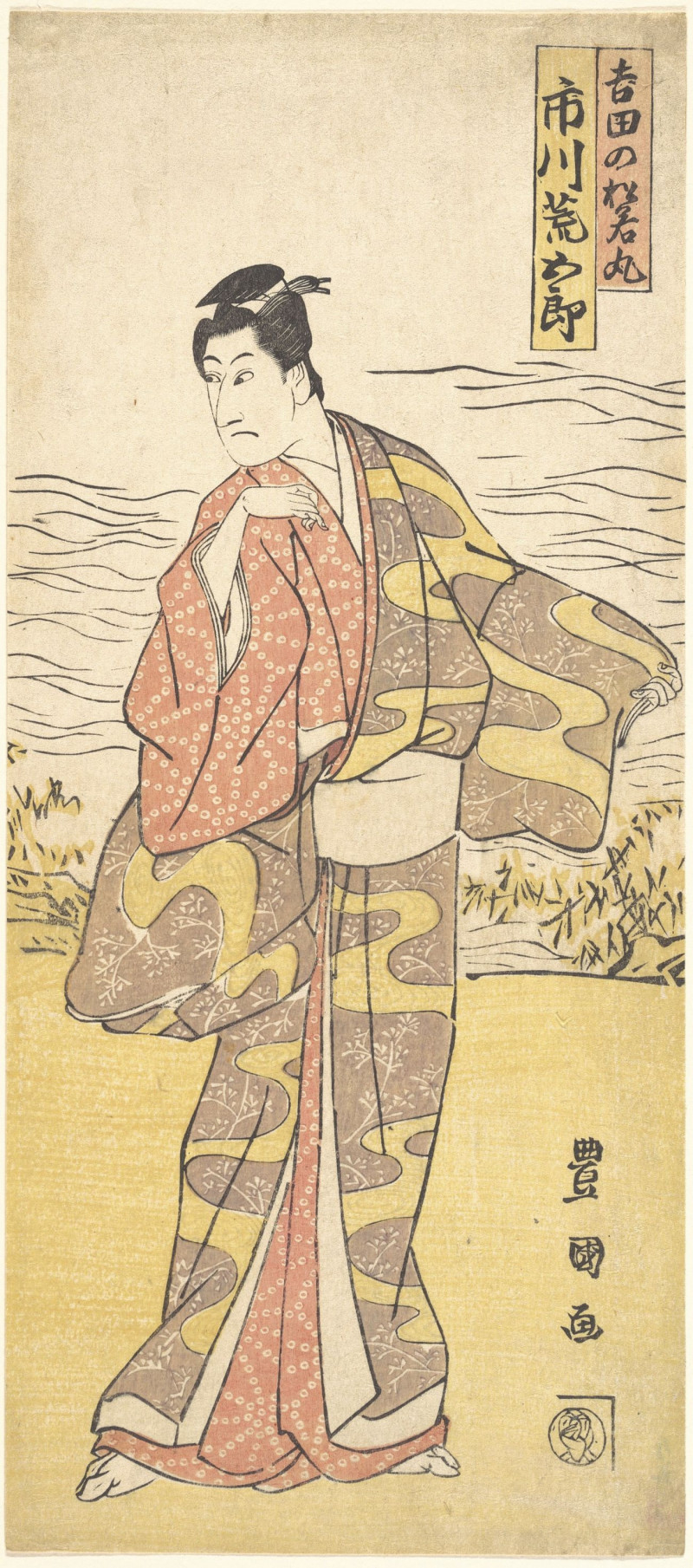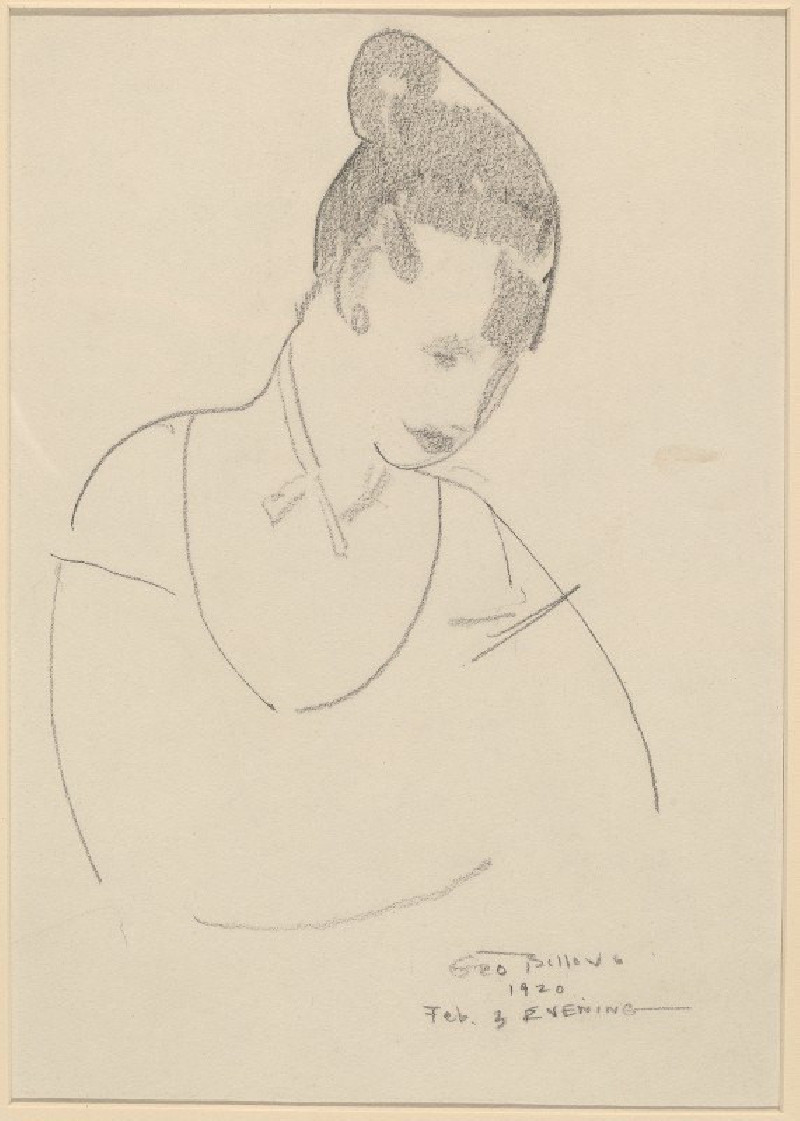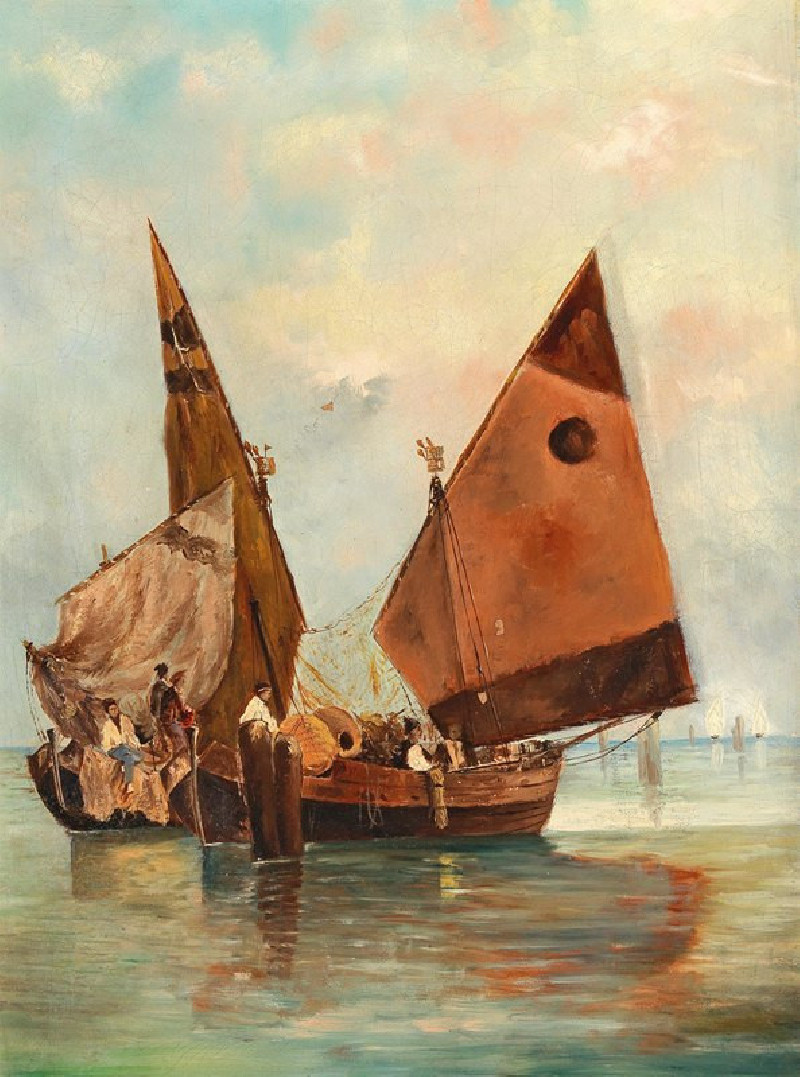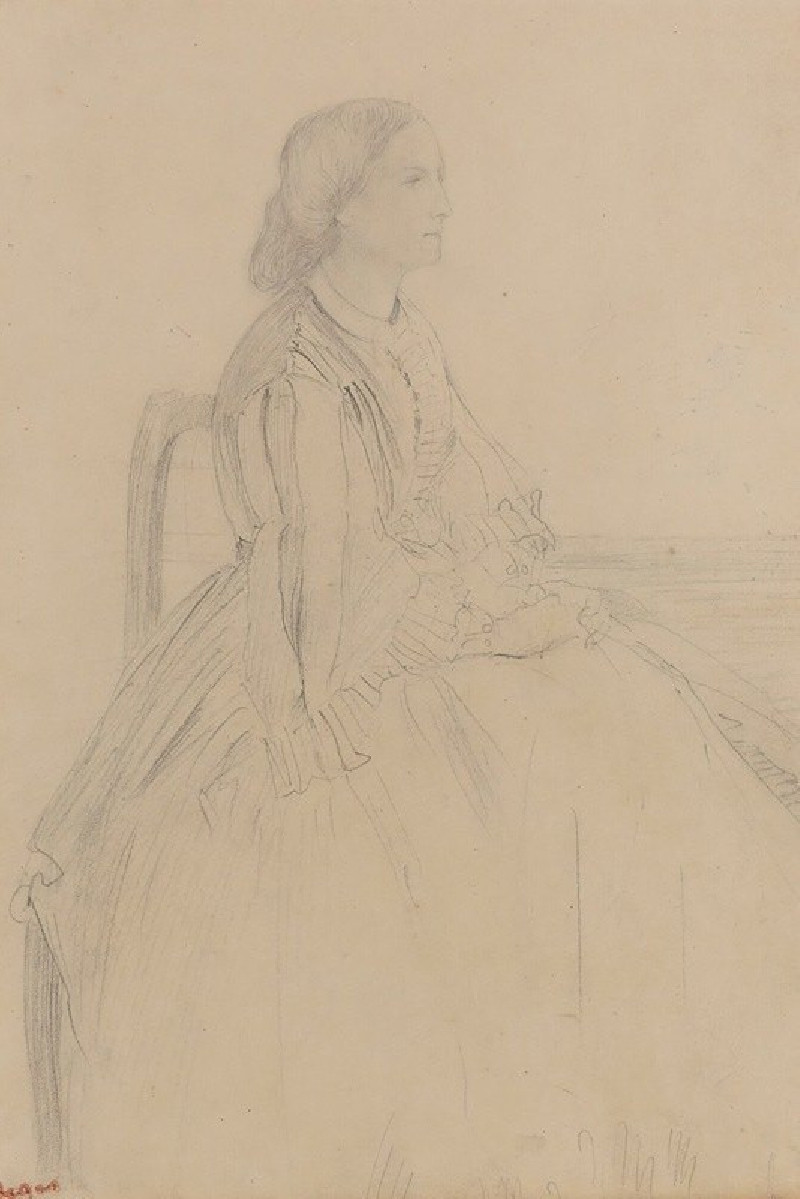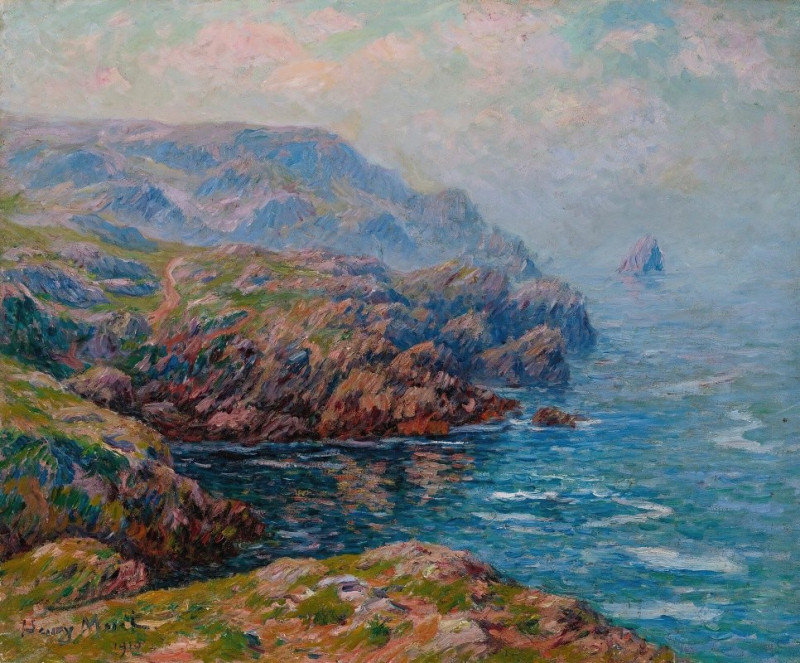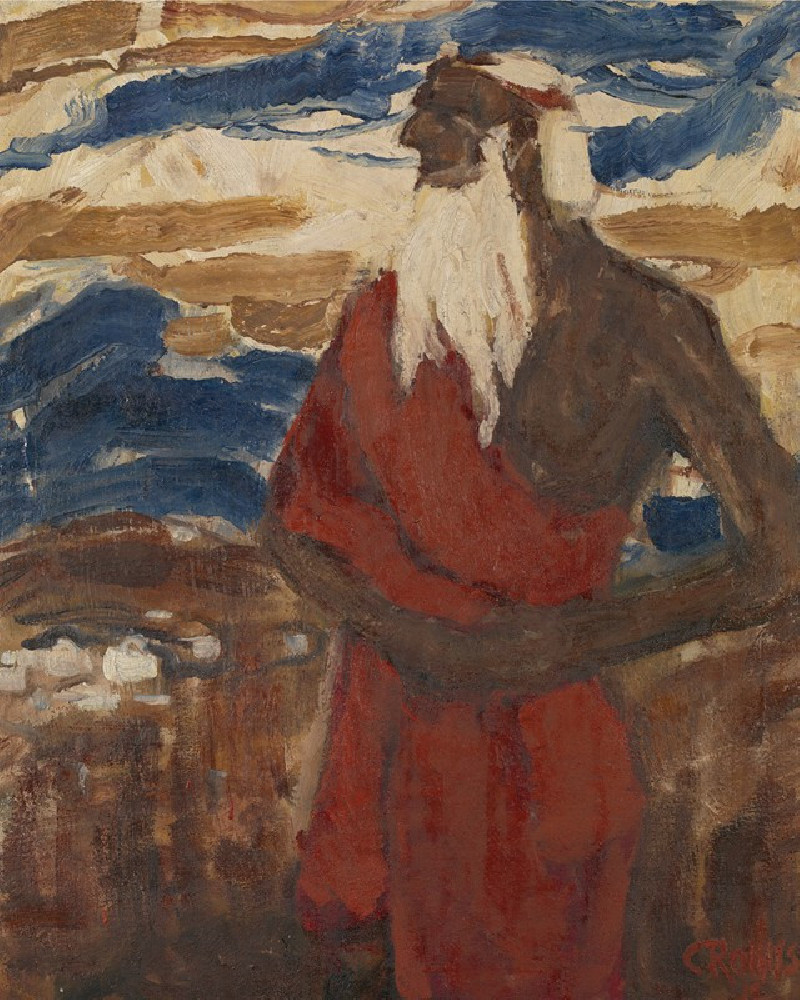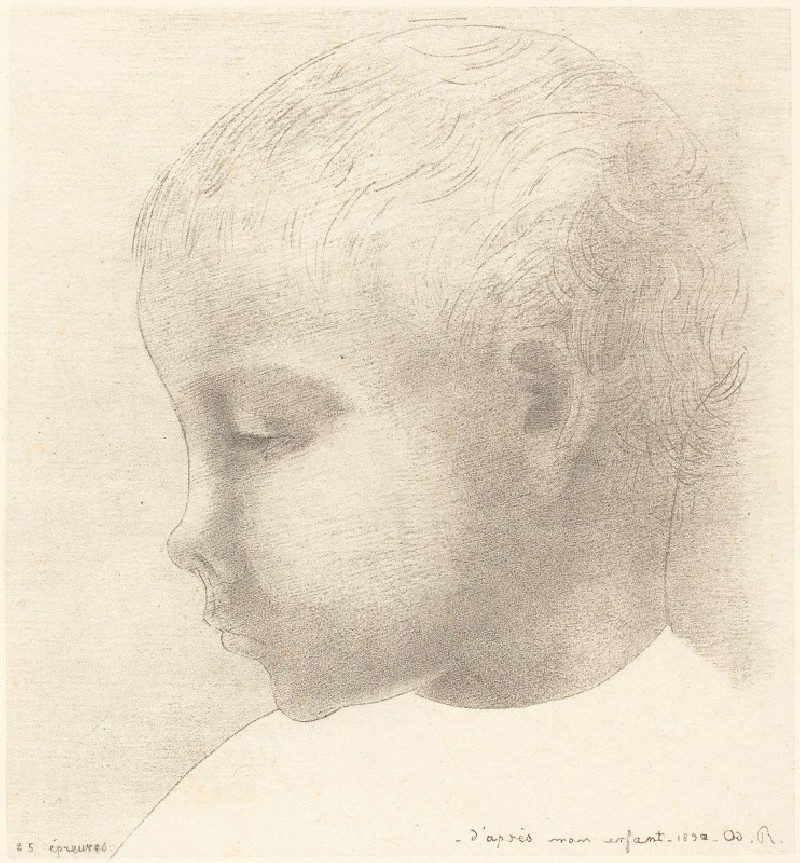Tanzender weiblicher Akt im Atelier (1930)
Technique: Giclée quality print
Recommended by our customers
More about this artwork
Ernst Ludwig Kirchner, a pioneering German Expressionist, captures a moment of raw energy and movement in his 1930 sketch "Tanzender weiblicher Akt im Atelier" (Dancing Female Nude in the Studio). The artwork illustrates a fluid, almost ethereal figure of a woman dancing, her arms gracefully lifted above her head, creating an expressive silhouette.In this minimalistic sketch, Kirchner uses sparse lines to suggest form and motion, while leaving much to the viewer's imagination. The economy of line and deliberate blank spaces imbued in this piece are characteristic of Kirchner’s late works, showcasing his ability to convey intense emotion and dynamic movement with just a few swift strokes. The background remains untouched, focusing all attention on the dancer's elevated form, which seems to both emerge from and dissolve into the surrounding emptiness.This piece, reflecting Kirchner's fascination with the human body and its ability to express emotion through movement, is a splendid example of Expressionism's break from traditional figuration towards more abstract and emotionally resonant art forms.
Delivery
Returns
Ernst Ludwig Kirchner (1880–1938) was one of the most important German Expressionist painters. He was a co-founder of Die Brücke, a group of German expressionist artists formed in Dresden in 1905. Die Brücke and Kirchner took inspiration from Vincent Van Gogh and Edvard Munch, as well as African and Oceanic art. They used woodblock printing as a medium to showcase their signature style: flat, unrealistic images with vivid colors. The recurring themes in Kirchner's artworks included exotic cultures, faraway landscapes, self-portraits, dancers and Berlin street life. His paintings and prints effectively portrayed non-European cultures despite the fact that he never traveled outside of Europe.

